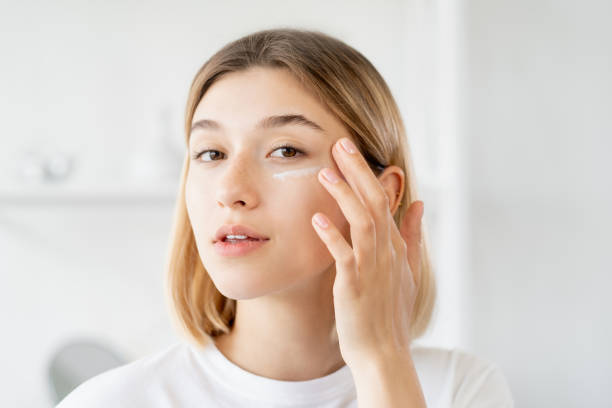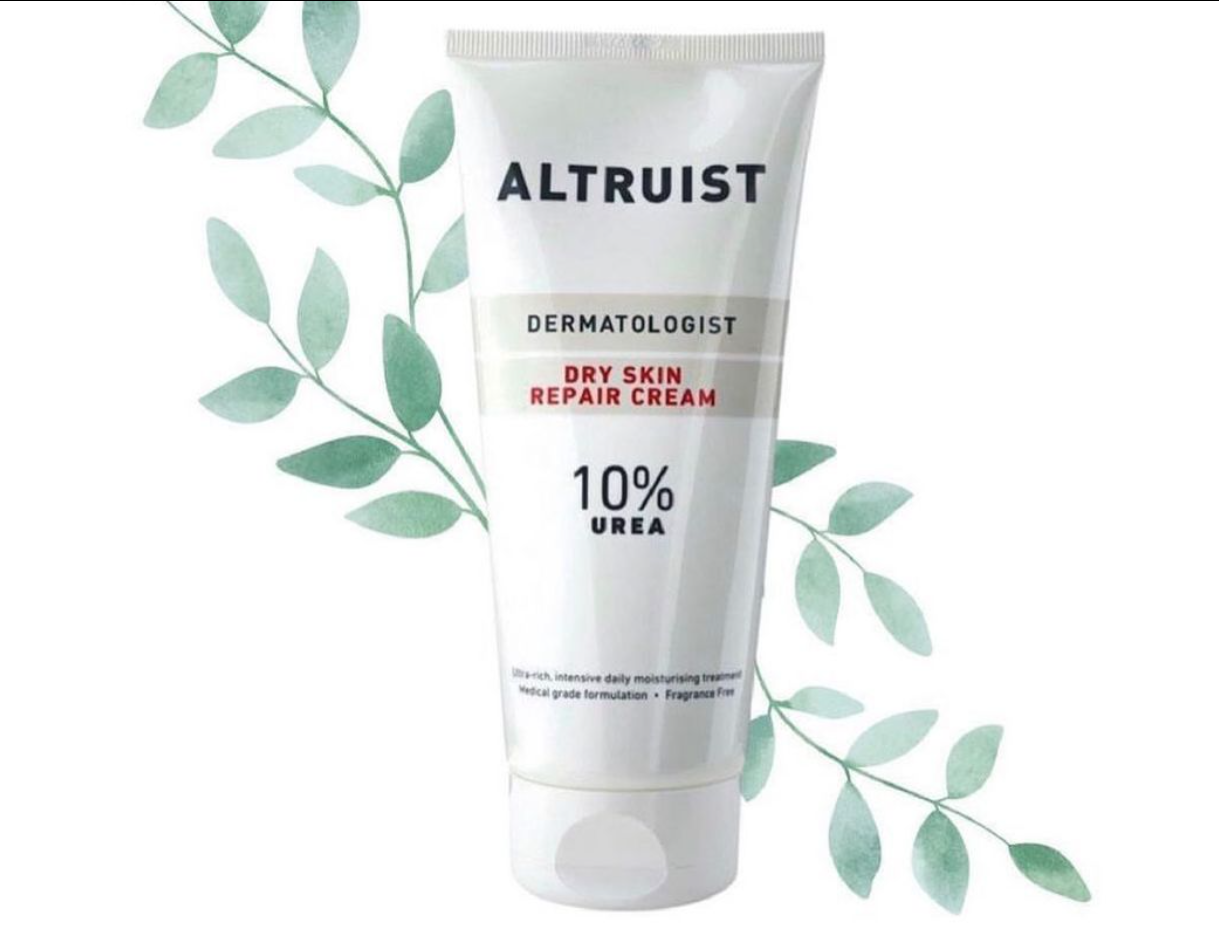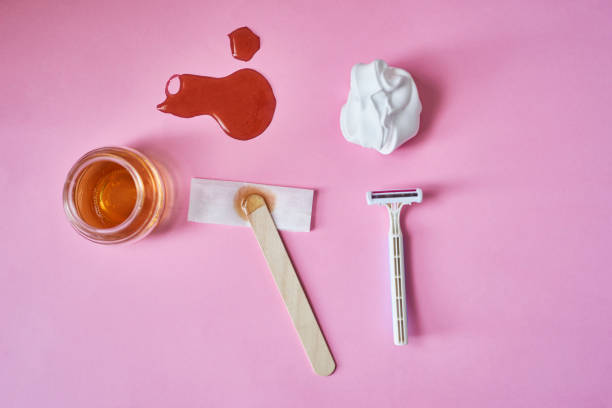Embarking on a tretinoin treatment journey brings with it a host of questions, primarily concerning the expected timeframe for visible results. Tretinoin, a derivative of Vitamin A, is renowned for its effectiveness in treating acne, reducing the appearance of fine lines, and improving overall skin texture. It’s critical to note that while some users may observe changes as early as two to four weeks after starting the treatment, it typically takes between three to six months for more noticeable and substantial results to manifest. Setting realistic expectations is key to a satisfying tretinoin experience, and this article aims to uncover the various timelines one might expect throughout the course of treatment.
Introduction to Tretinoin

Tretinoin is a prescription medication commonly known for its role in acne treatment and its anti-aging properties. As a topical retinoid, it promotes cell turnover and is also effective in mitigating hyperpigmentation and sun damage. Despite its popularity, the duration required to see the fruits of tretinoin therapy can vary based on individual skin types and conditions. Understanding the basics of how tretinoin works can set the stage for better managing the timeline of expected outcomes.
Setting Realistic Expectations for Tretinoin Use

The journey to clear, youthful skin with tretinoin is a process that requires patience and resilience. Users must be prepared for the initial phase where skin acclimatization occurs, often accompanied by redness and peeling. These early reactions should not be mistaken as a lack of product efficacy – quite the contrary, they signal the medication is active. As the weeks progress, gradual improvements begin to surface, ultimately leading to the sought-after transformation of the skin’s appearance.
The Early Weeks: Initial Tretinoin Reactions
Diving into a tretinoin routine may start off on a rocky note with the appearance of irritation and potential heightened acne during the first couple of weeks. These reactions, sometimes referred to as the ‘retinization’ of the skin, are to be expected as the retinoid begins to induce changes at the cellular level. By the third to fourth week, these initial symptoms usually start to subside, paving the way for the positive effects that follow. Patience during these early weeks is essential as your skin is adjusting to the treatment.
Short-term and Long-term Tretinoin Results
As the treatment continues past the one-month mark, users can start to see an improvement in the skin’s texture and clarity. Numbers tell a part of the story – it is during the four to eight-week period that the first indicators of success may emerge. Long-term benefits, such as the diminishment of wrinkles and dark spots, are more likely to begin materializing after consistent use over several months. Below is an illustration that breaks down the expected progression in a typical tretinoin routine:
| Timeframe | Expected Results |
|---|---|
| 2-4 weeks | Initial peeling, redness, and potential purge of acne |
| 4-8 weeks | First signs of improvement in terms of texture and acne reduction |
| 3-6 months | Visible reductions in wrinkles and pigmentary issues; enhanced overall skin appearance |
Factors Affecting Tretinoin Results
The rate at which results appear is influenced by a number of factors unique to each individual. One’s skin type, such as oily, dry, or combination, can either hasten or delay the effects. Additionally, the concentration of tretinoin cream or gel being used and the specific formulation can also play a crucial role. Adhering to the regimen as prescribed by a dermatologist significantly affects the timeline of visible results. Variations in skincare routines and overall skin health contribute to the differences seen from person to person.
Adjusting Your Skincare Routine
Introducing tretinoin into your skincare routine isn’t just about applying the cream or gel – it’s about creating a balanced regimen that supports the skin during treatment. Below is a list of pointers for carefully incorporating tretinoin without overwhelming your skin:
- Apply tretinoin to dry skin to reduce irritation.
- Start with a lower concentration and gradually increase as directed by your healthcare provider.
Not forgetting, sun protection is a cardinal rule when using tretinoin, as the skin becomes more susceptible to UV rays. Frequent and liberal application of a broad-spectrum sunscreen is non-negotiable. Maintenance of moisture levels is equally important to offset dryness, a side effect often experienced by tretinoin users.
Maximizing the Benefits of Tretinoin
To truly reap the benefits tretinoin has to offer, it is imperative to use the medication as recommended. Here’s a list that outlines methods to ensure tretinoin works effectively for you:
- Using the medication at night to prevent photosensitivity issues.
- Applying moisturizer after tretinoin to combat dryness.
Complementing tretinoin therapy with a balanced skincare approach and possibly adjunct treatments, such as chemical peels or vitamin C serum, can enhance its efficacy. However, these combinations should always be reviewed by a dermatologist to ensure they are safe and appropriate for your skin type.
Conclusion
The journey with tretinoin is a transformative one, marked with phases of adjustment leading to gratifying results. It’s important to remember that the journey is a marathon, not a sprint, requiring patience and adherence to the prescribed regimen. As we’ve seen, the timeline for tretinoin to work its magic can vary, but a three to six-month period is a reasonable expectation for significant improvement. Embrace the process, stick to your healthcare provider’s advice, and look forward to the skin that awaits you on the other side.
FAQs
FAQ 1: Can lifestyle choices affect the speed of tretinoin results?
Yes, lifestyle choices such as diet, smoking, and sun exposure can significantly affect how quickly you see tretinoin’s benefits. A balanced diet rich in antioxidants can support skin health, while avoiding smoking and diligent use of sunscreen can protect the skin during treatment.
FAQ 2: Why is there variation in how quickly people see results with tretinoin?
There is a variation in results due to factors like individual skin types, the severity of the skin condition being treated, and the particular details of each person’s skincare regimen, including how consistently they apply tretinoin.
FAQ 3: Is there a way to accelerate tretinoin results?
While it’s important to allow tretinoin to work at its natural pace, adherence to the recommended routine and avoiding potential irritants can help ensure progress isn’t hindered. It’s not advised to expedite the process beyond your healthcare provider’s recommendations.
FAQ 4: How do you know if tretinoin is working?
Progress with tretinoin can be measured through changes such as smoother skin texture, reduced acne, and the softening of fine lines over time. However, keep in mind that initial worsening of acne and mild irritation can be part of the normal process before improvement is observed.
FAQ 5: Should you consult a dermatologist if you don’t see results within the expected timeframe?
If the expected results are not visible within the standard timeframe, it’s wise to consult a dermatologist. They can assess your treatment plan and determine if adjustments are needed or if an alternative therapy should be considered.




